
Captain J.M. White
1823-1880
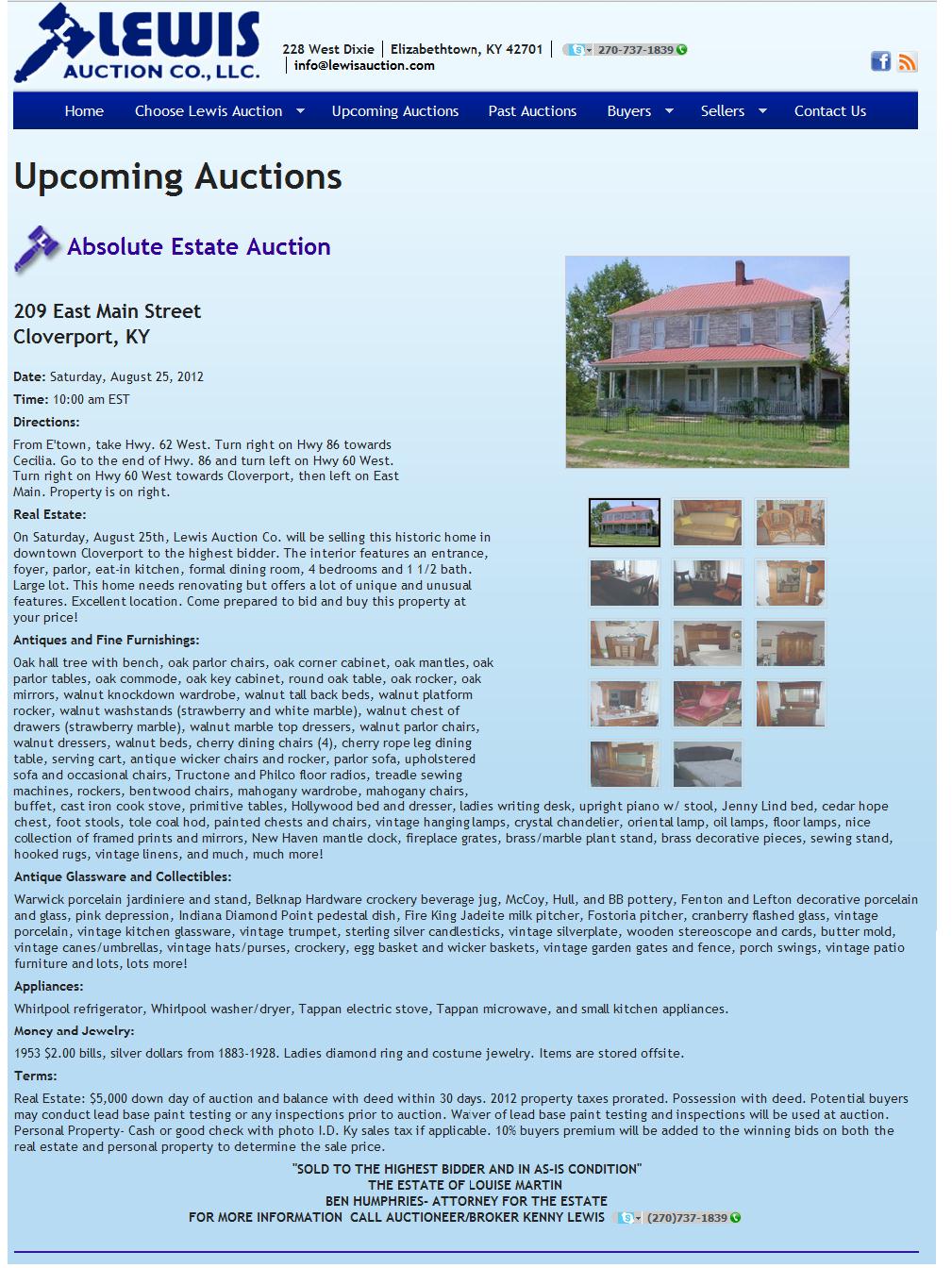
J.M. White home in Cloverport, Kentucky, recently sold at auction.
The Fred Way directory lists J.M. White as the captain of the following boats: Belle Creole, Belle Lee, Frank Lyon, Frank Pargoud, Glendy Burke, Grand Duke, Grand Era, J.M. Sharp, Katie, Louisa, Lucy Holcombe, Southern Belle, T.J. Emory, Vicksburg, and Vicksburg (2).
The J.M. White was built for Captain White. The following photos of the boat are courtesy of Murphy Library at the University of Wisconsin - La Crosse
Steamboat Collection Photographs
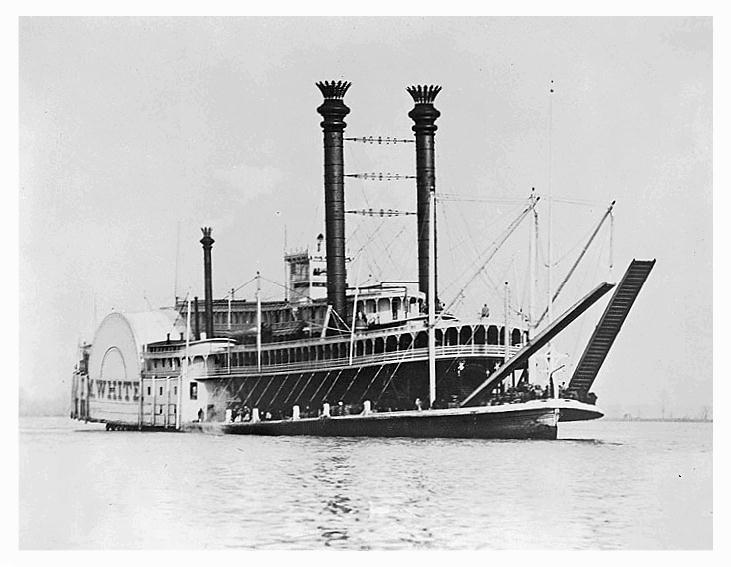
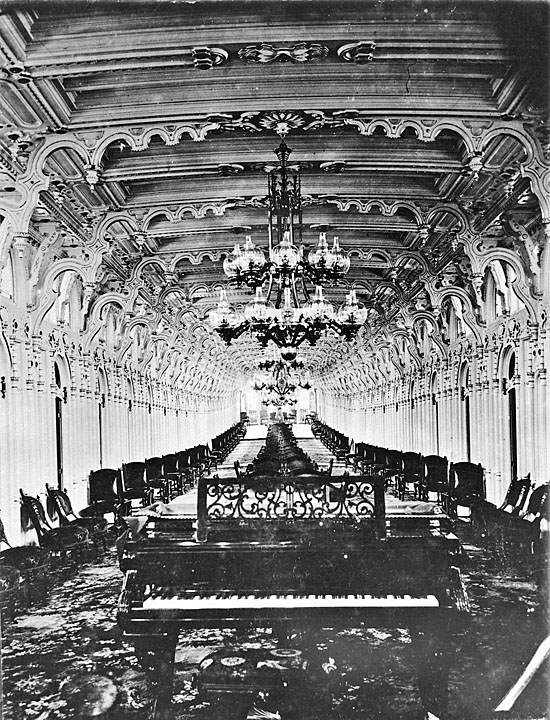
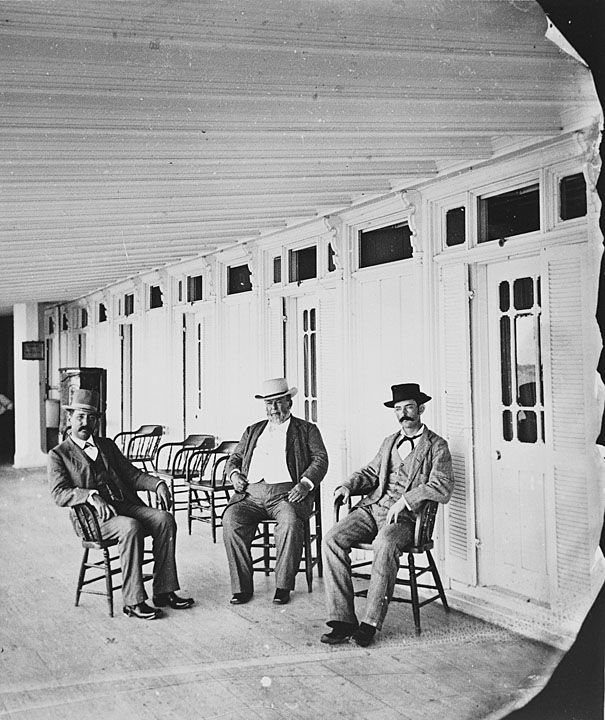
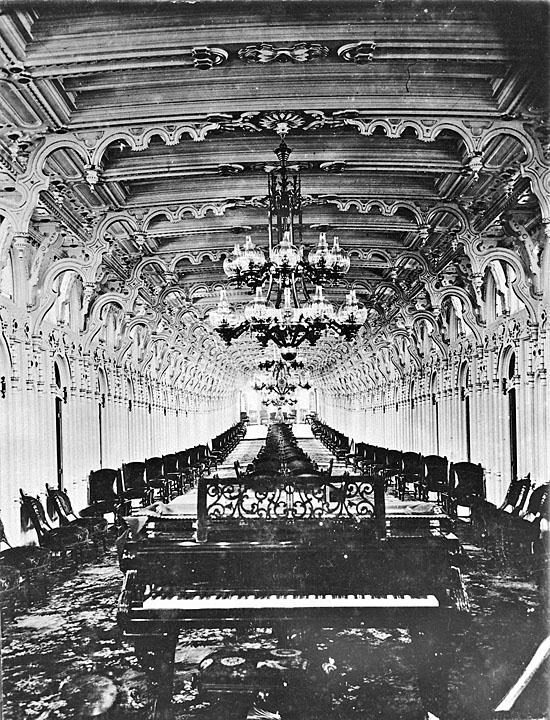
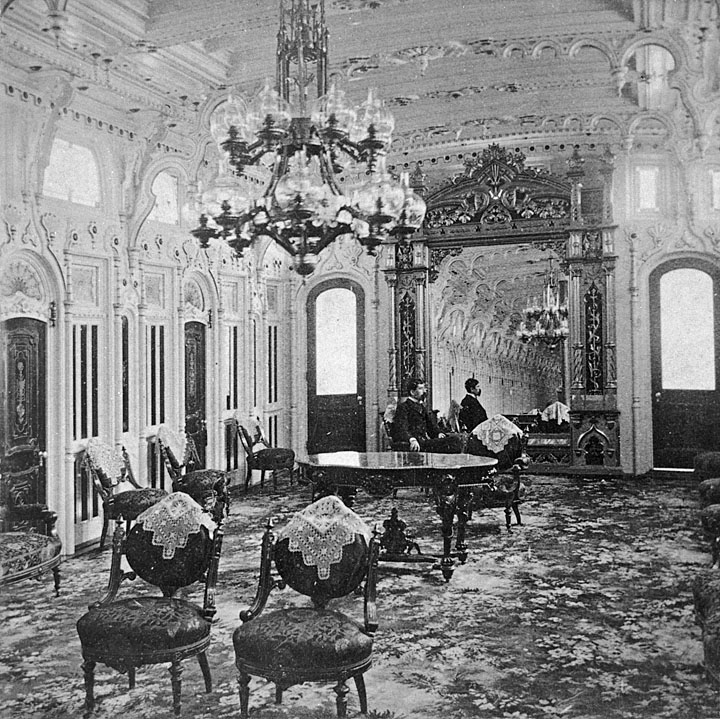
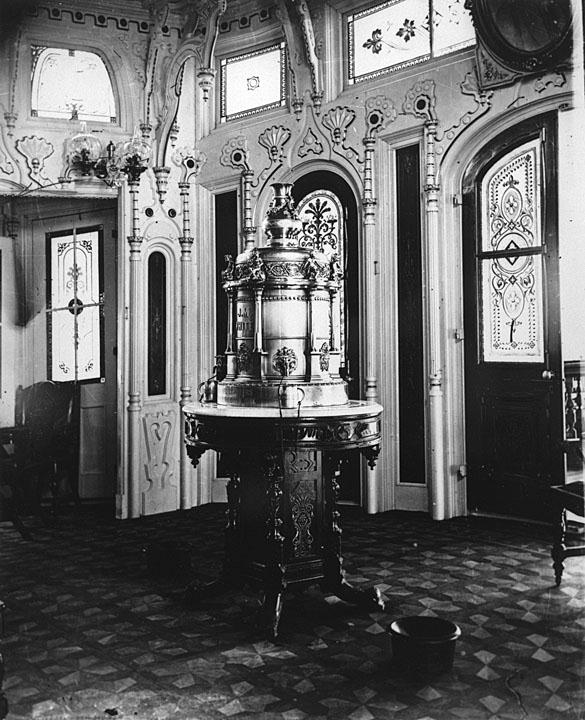
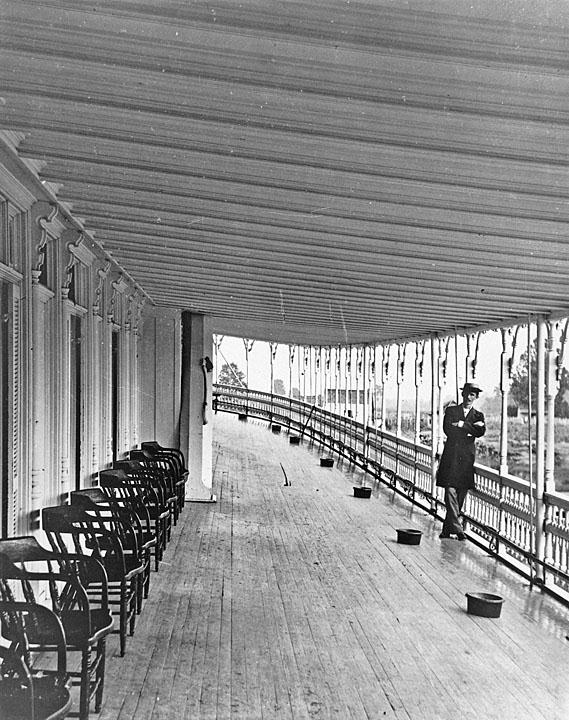
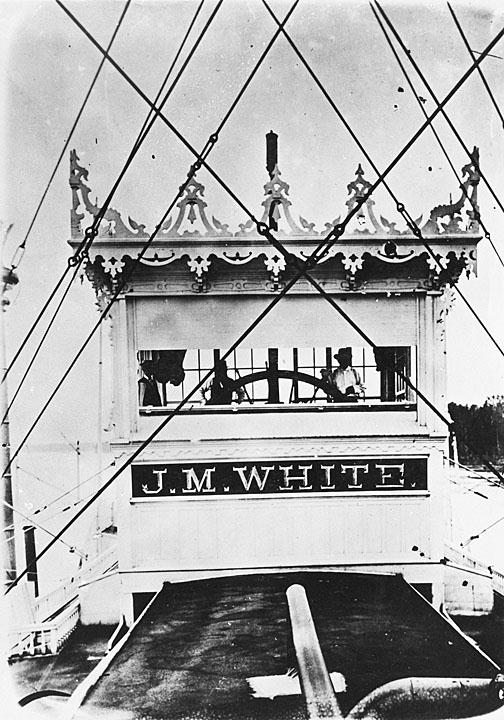
J. M. White (Packet, 1878-1886)
Description: BOAT DESCRIPTION: Sidewheel
BOAT TYPE: Packet
BUILT: 1878 at Jeffersonville, Indiana; hull built at Howard Ship Yard
FINAL DISPOSITION: Burned at Blue Store Landing, St. Maurice plantation, Point Coupee Parish, Louisiana on December 13, 1886
OWNERS: Greenville and New Orleans Packet Company
OFFICERS & CREW: Captain John W. Tobin (master, 1886); Charles Smith (engineer, 1886); G. Wash Floyd (clerk, 1886)
RIVERS: Mississippi River; Ohio River
OTHER INFORMATION: Way's Packet Directory #2867; She was a cotton packet. Original price, $103,500. Home port or owner's residence circa 1878, New Orleans. She was named for Captain J.M. White of Cloverport, Kentucky. The J.M. White was the 276th boat built by Howard Ship Yard and the fourth boat that they built for Captain Tobin. Careful selection was made in choosing the timber used in her construction: oak from West Virginia, pine from Pennsylvania and the heavy cylinder timbers, wheelhouse chocks, etc. were from Indiana. She was supposed to be able to carry 10,000 bales of cotton. The cabin was built from August, 1877 to June, 1878 employing ten to forty men. The style of architecture of the cabin was an original idea of Mr. Thomas Bell who planned the cabins for many other boats. Some of the attractive features of the cabin included: stained glass, skylights with busts and statuary in the center of each light, veneered sunk panels laid in rosewood and walnut burl, doors veneered with French burl walnut inlaid with root ash and ebony with panels engraved in gold, an enormous mirror in the ladies' cabin with Gothic frame, gold carvings with panels of ebony relief, bridal chambers paneled in mahogany and satinwood and the other in rosewood and satinwood along with engraving in gold and colors. The main cabin contained seven gold-gilt chandeliers designed exclusively for the White. Dining tables were set with monogrammed silverware and Haviland china. On her maiden trip south, the White towed the partially completed Edward J. Gay. The White never carried her cotton capacity due to poor times and yellow fever. In 1878 she carried her largest load of cotton: 5,067 bales. She ran New Orleans-Vicksburg teamed up with the Robert E. Lee and the Natchez. The cause of the fire which ended her career was gunpowder which was stowed in the boat's magazine in the hold. Several lives were lost but many more were saved due to the efforts of the clerk, G. Wash Floyd. His own life was lost in helping others
1992 article about J.M. White describes his grave marker in Cloverport, Kentucky, carved to look like steamboat smokestacks. It is said that he was buried standing up, facing the west bend of the Ohio River, ready to pilot a boat.
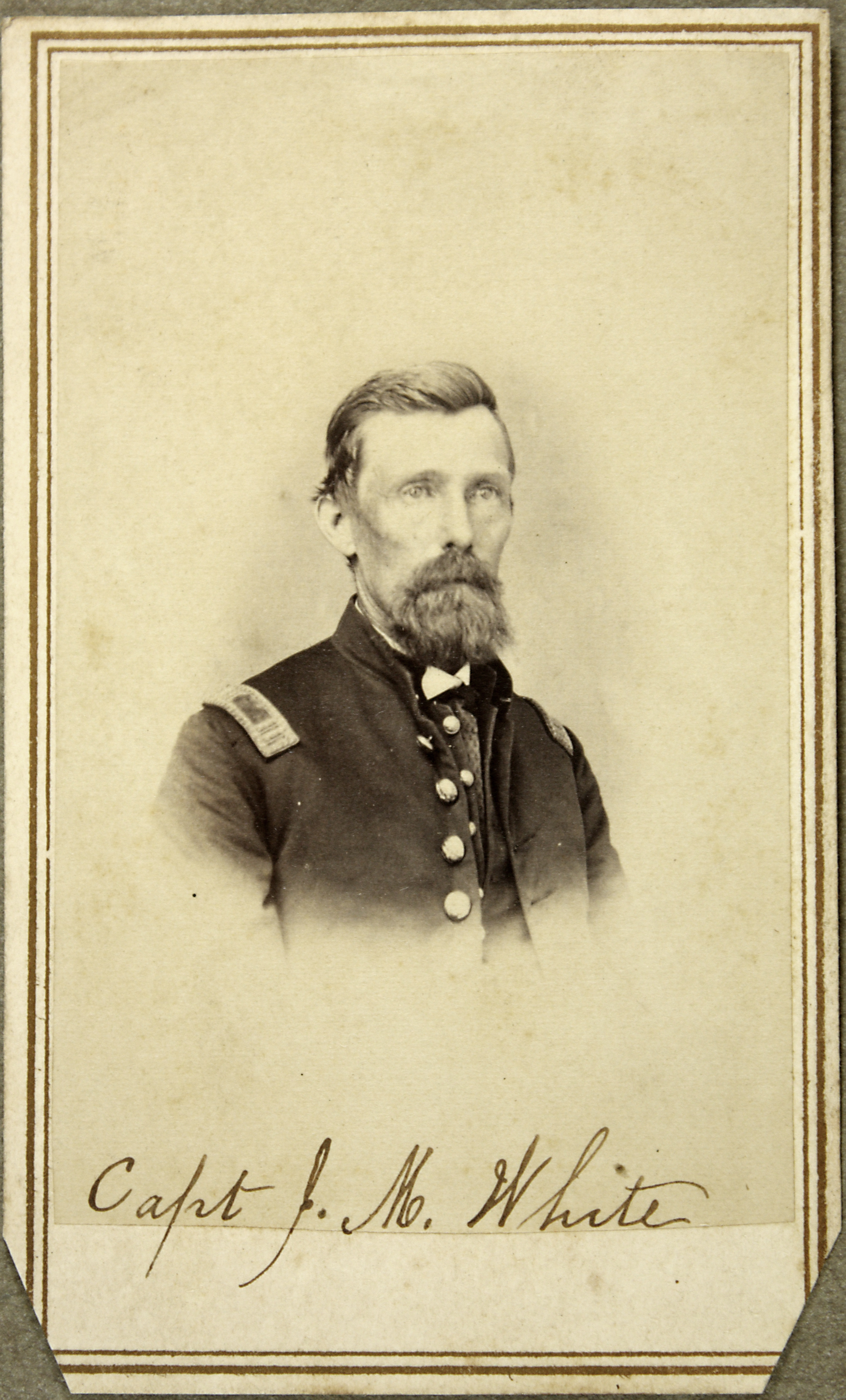
Photo of J.M. White courtesy of Marietta College Library http://library.marietta.edu/
Dave Thomson Museum Wing Index
